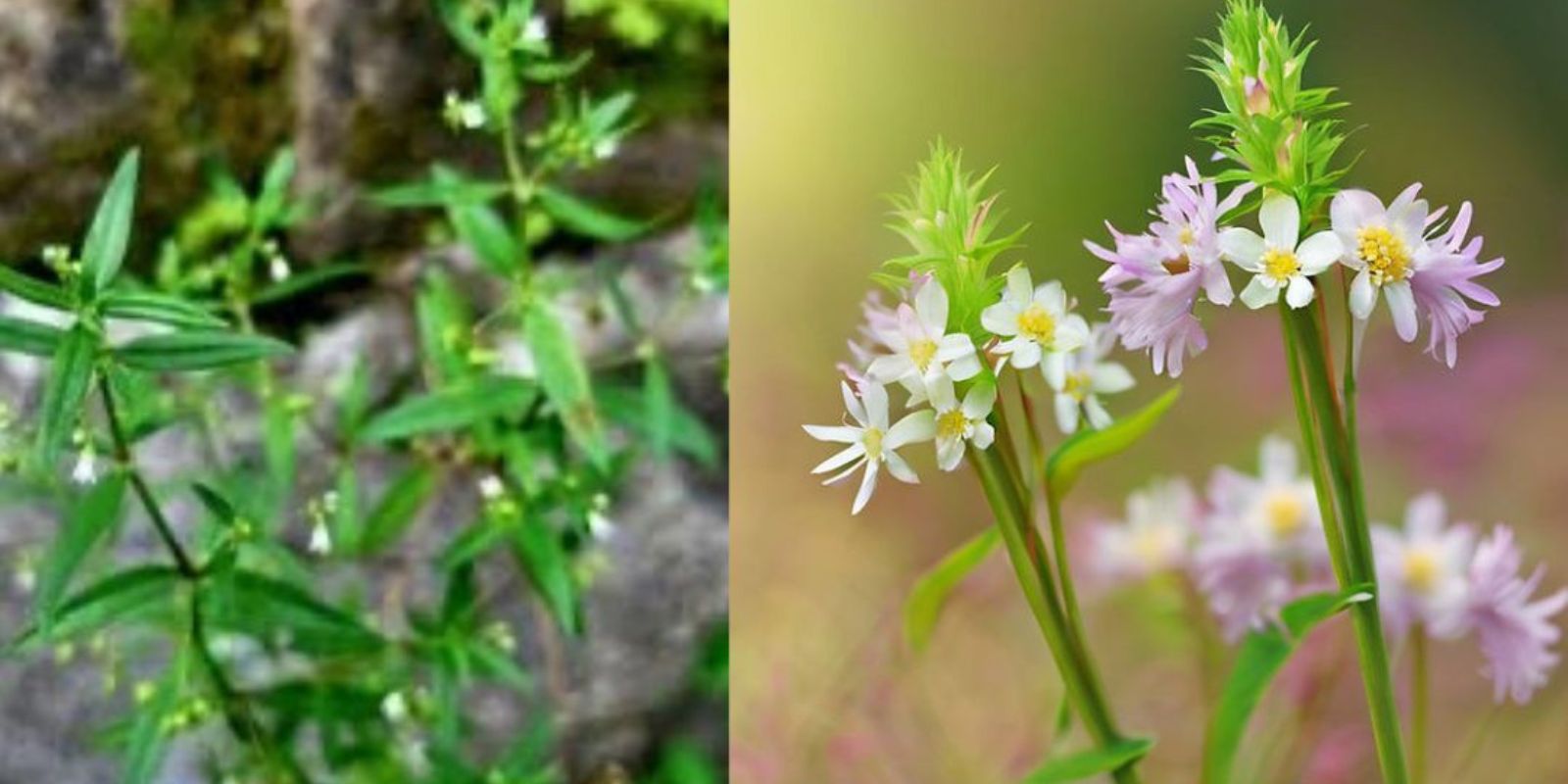Nature has a way of surprising us. Sometimes, the most powerful remedies for health, sustainability, and gardening lie hidden in the simplest, most unassuming plants. This article explores the incredible potential of one such plant, which is often overlooked but has remarkable benefits. Whether you’re a seasoned gardener or a nature enthusiast, this guide will help you discover how to cultivate, utilize, and appreciate this natural wonder.
The Magic Behind This Plant
The plant in question is a champion of versatility. It thrives with minimal care, offering ecological benefits and practical uses. Known for its adaptability, this plant serves as a cornerstone of traditional medicine, an asset for sustainable gardening, and even a source of environmental improvement.
Its unique properties have been celebrated for centuries, yet modern households are only beginning to rediscover its hidden powers. Let’s dive into the steps to harness its full potential and see why it deserves a spot in your garden.
Step 1: Recognize and Appreciate the Plant
The first step to unlocking the power of this plant is identifying it. Often found in gardens, fields, or even as a hardy weed, it may already be growing nearby.
- What to Look For: Its distinct leaves and flowers make it easy to recognize once you know what you’re looking for. Use a gardening app or local guide to confirm its identity.
- Why It’s Special: Beyond aesthetics, this plant is rich in compounds that repel pests, enrich soil, and offer therapeutic benefits.
Step 2: Cultivate with Care
Once identified, cultivating this plant is simple:
- Sunlight and Soil: Choose a spot with good sunlight and well-draining soil.
- Watering: It thrives on minimal water, making it ideal for drought-tolerant gardens.
- Companion Planting: Place it near vegetables or flowers to benefit from its pest-repelling properties.
This plant is a resilient addition to any garden, requiring minimal resources while giving back significantly.
Step 3: Use It as a Natural Fertilizer
Did you know this plant can transform your garden? It enriches the soil with essential nutrients.
- How to Make Fertilizer:
- Collect its leaves and stems.
- Blend with water and let the mixture steep for a few days.
- Use the liquid as a nutrient-rich spray for your plants.
- Benefits: This homemade fertilizer boosts growth, especially for vegetables like tomatoes and cucumbers.
Step 4: Harness Its Medicinal Properties
This plant has been used in traditional medicine for centuries. Its leaves, flowers, and extracts offer natural remedies:
- Common Uses: Soothing skin irritations, aiding digestion, and boosting immunity.
- Precaution: Always consult a healthcare professional before using it medicinally.
Step 5: Repel Pests Naturally
One of the standout benefits of this plant is its ability to keep pests at bay.
- In the Garden:
- Plant it around your vegetables to deter aphids, mosquitoes, and harmful insects.
- Its scent acts as a natural barrier against unwanted visitors.
- In the Home: Use its dried leaves in sachets to repel moths and ants.
This eco-friendly solution reduces the need for chemical pesticides, ensuring a healthier garden and environment.
Step 6: Create Eco-Friendly Products
This plant’s potential doesn’t stop at the garden. You can use it to make sustainable products:
- Compost Booster: Add it to your compost pile to accelerate decomposition and improve nutrient content.
- DIY Remedies: Craft natural salves, teas, or essential oils using its extracts.
These products are not only cost-effective but also reduce your ecological footprint.
Step 7: Embrace Its Environmental Benefits
Beyond its practical uses, this plant contributes to a healthier environment:
- Soil Improvement: Its roots prevent erosion and improve soil structure.
- Pollinator Support: Its flowers attract bees and butterflies, boosting biodiversity.
- Air Quality: As a green plant, it naturally absorbs carbon dioxide and releases oxygen.
Why You Need This Plant in Your Life
This humble plant is more than just greenery—it’s a solution to many modern challenges. It supports sustainable living, enhances your garden, and offers therapeutic benefits. By incorporating it into your life, you’ll not only save money but also contribute to a healthier planet.
A Call to Action
Have you tried growing this unassuming wonder in your garden? If not, now is the time to explore its benefits! Share your experiences, tips, or questions in the comments below. Let’s create a community of eco-conscious gardeners.
💬 What’s your favorite way to use this plant? Let us know!

